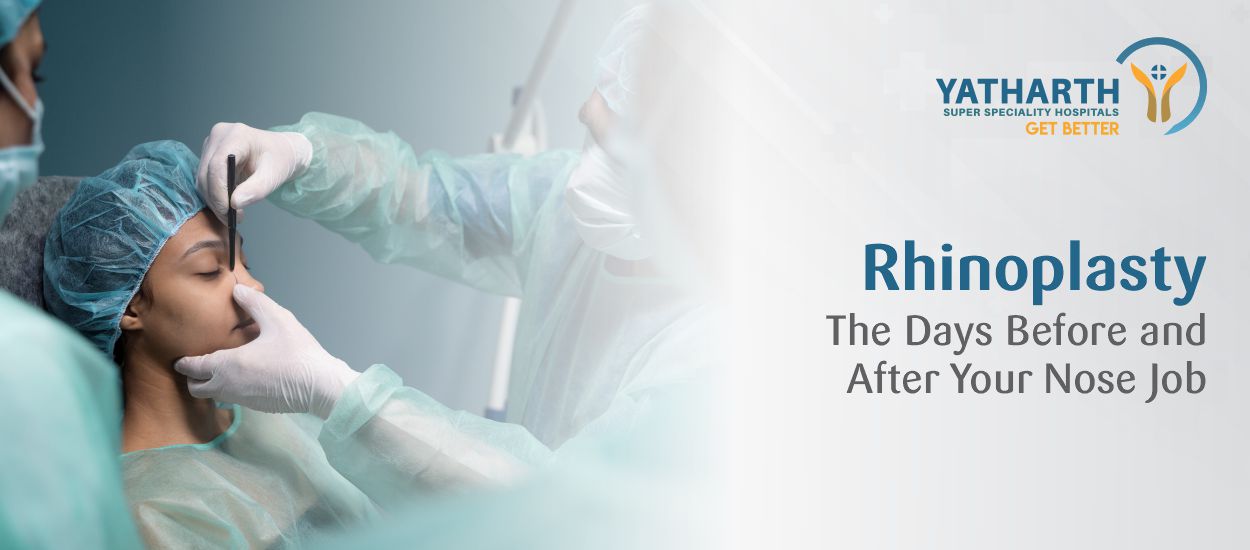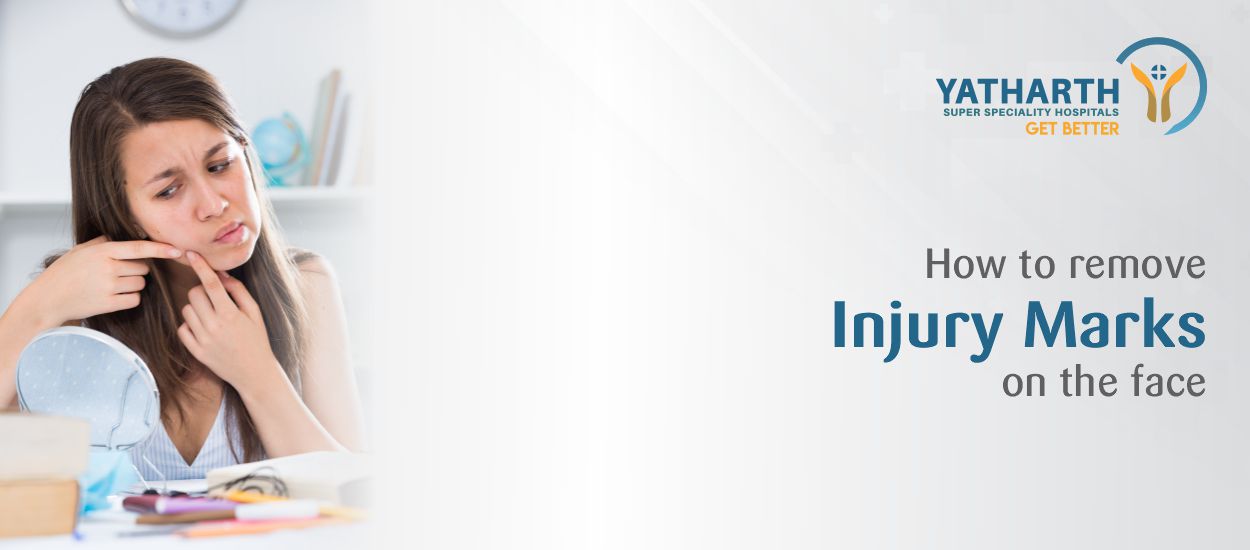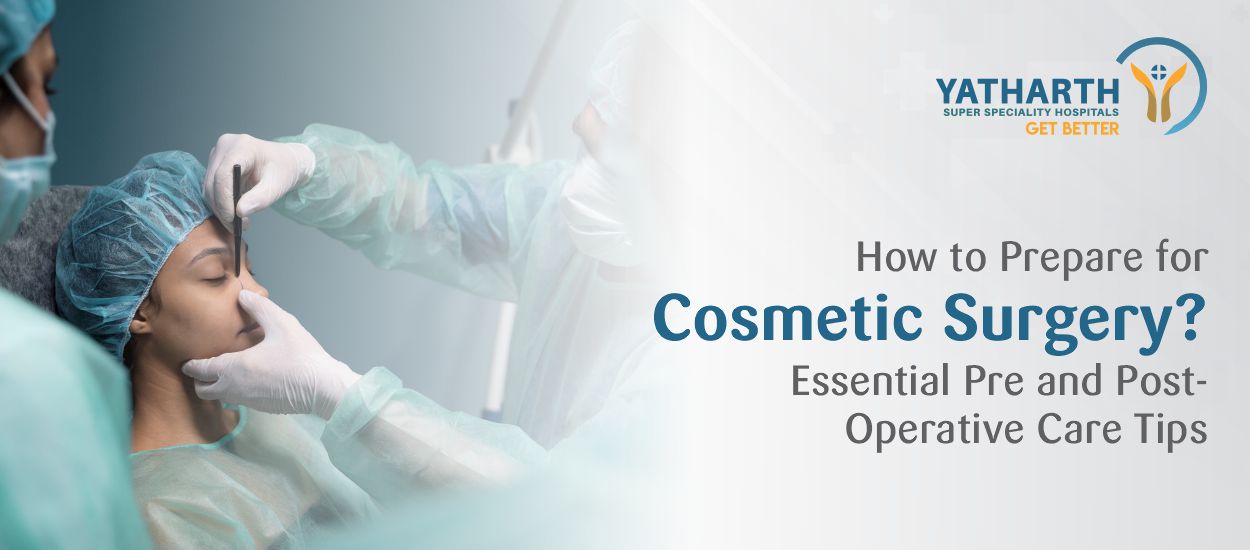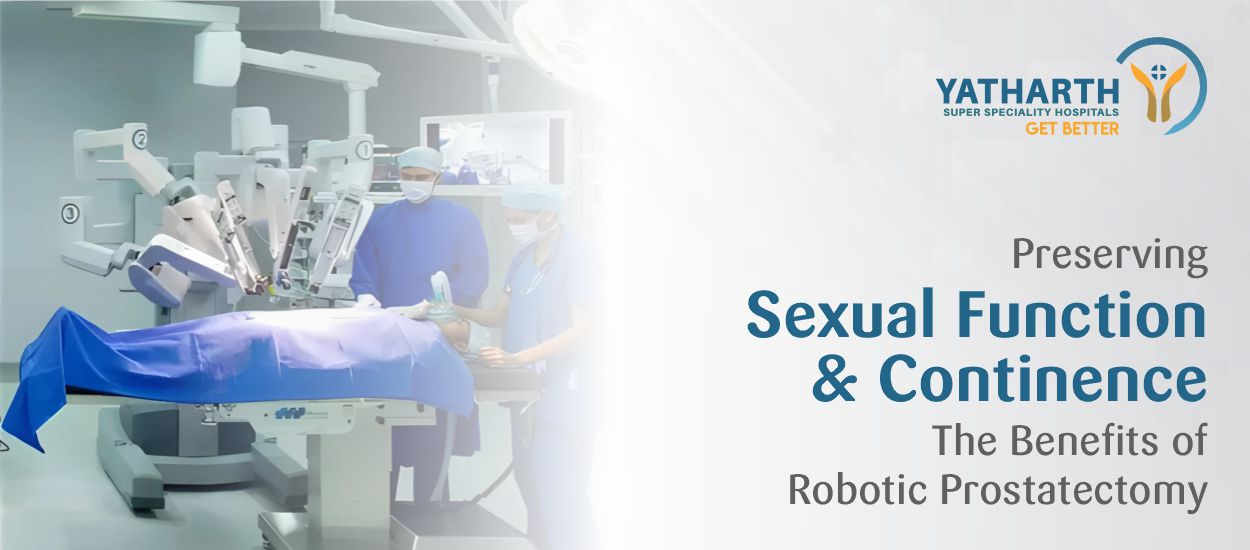Overview
Commonly called a ‘nose job’, rhinoplasty remains one of the most popular forms of cosmetic surgery for people seeking to reshape the size and/or structure of their nose. Besides cosmetic benefits, rhinoplasty can address medical problems that hinder smooth breathing. Whether nasal function has been affected by illness or some traumatic injury, this procedure can alleviate breathing problems that impact your sleep and smooth exercise schedule. Through this, plastic surgeons can fix a broken nose or a deviated septum. The procedure improves both functionality and your appearance.
Who is Eligible for Rhinoplasty?
Prospective candidates should be in good physical health and no longer in their growing years. Paediatric patients with some facial birth defect (like a cleft palate) can be exceptions for this procedure. Candidates should also not be smoking since this can impede blood flow and raise the threat of tissue damage. Also, they must be aware of its limitations and harbour reasonable goals only.
Further, the procedure may be possible for those in their late teens, who enjoy full parental consent. Girls must ideally be at least 15 or 16 years of age while boys must be 17 or 18 years minimum. When combined with septoplasty (straightening of the septum), it can boost a patient’s self-confidence and breathing.
What will Rhinoplasty Do?
Cosmetic purposes apart, rhinoplasty can correct a birth defect (congenital abnormality), repair a broken nose or other forms of facial fracture as well as restore proper breathing function after cancer treatment, disease or traumatic injuries and burns.
The procedure could reshape your nose by:
• Correcting a nose that seems bulbous, hooked, droopy or upturned.
• Repairing a deviated septum.
• Fixing nostrils that are too small, too large and too wide or turn upwards.
• Ridding you of noticeable dips and bumps on the bridge of your nose.
• Making a nose smaller/bigger to ensure facial balance.
• Opening blocked nasal passages.
What Happens Before the Procedure?
Before rhinoplasty, one must have an initial consultation with the surgeon. You will be informed fully about the procedure, including its risks and benefits. Your face will be examined, measured and photos taken. Although it is a safe procedure, one must ensure that nose surgery is only performed at a hospital with the best cosmetic surgery facilities.
What Happens During Rhinoplasty?
Generally, this is an outpatient procedure. So a patient can return home the same day after surgery. You may either be administered general anaesthesia (put to sleep). Or you may be given local anaesthesia (the nose will be numbed) along with intravenous sedation (so that you are relaxed but not fully asleep). The procedure could be conducted at the hospital or its outpatient medical facility.
How Long Does the Procedure Last?
Typically, it could take between one and three hours. If it is a ‘closed rhinoplasty’, incisions will be made within your nostrils. This technique is used when limited changes are required. In ‘open rhinoplasty’, the incision is made across the tissue between your nostrils and within the nostrils. Barely visible, these incisions will heal very well.
What Happens After the Procedure?
After rhinoplasty, you could have:
• A small plastic splint, meant to minimize swelling and maintain the new shape of your nose as it heals. The splint must be worn for a week or two.
• Cotton gauze could be put inside the nose. As per the surgeon’s instructions, you could remove this, usually within a day or two following the surgery.
• Swelling and bruising could emerge around the nose and eyes and will take some weeks to subside. Mild facial swelling may be experienced for up to one year following the surgery, particularly in the morning.
Once your surgery is completed, you will be administered a long-acting numbing medication. This will ensure you only experience mild or moderate pain or discomfort. Within days or a week after the surgery, the pain will come down or cease. If required, during this period your surgeon will prescribe some over-the-counter (OTC) pain medications to lessen the discomfort.
Understanding Asymmetrical Healing
It is normal for the body to react in different ways to the surgery in the form of asymmetrical healing. In this condition, the swelling impacts only one side of the nose. This will make the nose seem crooked, which could be most alarming for people who have just undergone rhinoplasty. Rest assured that this is not a mistake. Asymmetrical healing is simply one way for the body to recover after surgery. This may be experienced in the first few weeks following the surgery.
Knowing the Risks of Rhinoplasty
Like every other surgical procedure, rhinoplasty has some element of risk. Potential complications may include:
• Infections.
• Nosebleeds.
• Pain.
• Septal penetration
• Scarring or poor wound healing.
• Skin discolouration.
• Unsatisfactory look or appearance.
• Altered sense of smell.
• Need for additional surgery.
The Recovery and Outlook
It may require up to a year to recover fully from rhinoplasty surgery. Swelling that arises after surgery may be there for around four to six weeks and decrease gradually after three months. For anywhere between three months and a year, swelling may be visible even as your nose heals. The full results of rhinoplasty will only be seen after your nose heals fully, which may often take a year. The recovery timeline varies across people.
Precautions to Hasten Healing
In the weeks following rhinoplasty, you can help your nose heal faster by:
• Applying a cool compress (without ice) to the cheeks or under the eyes (not directly on the nose).
• Avoiding any impact to the face.
• Keeping the head elevated, especially while sleeping.
• Limiting any sun exposure.
• Refraining from nose blowing.
• Not indulging in any heavy lifting.
• Desisting from wearing eyeglasses/sunglasses for some weeks and always avoid putting excess pressure on the nose bridge.
• Taking OTC pain medicines when feeling sore, as advised by the surgeon.
Any return to work or routine activities should only be done according to your doctor’s recommendations. Usually, you will be able to resume work or regular activities within a week or two. Light exercises should be possible within a month or six weeks. But lifting any heavy weights must be avoided for up to six weeks.
Additional Advice
The difference in your nose’s appearance should be noticeable around a week after rhinoplasty when the splint is removed. Your nose may require up to a year to settle fully into its new shape. In the interim, some degree of facial swelling is quite normal. Most patients who have undergone functional rhinoplasty to address a deviated septum should notice an improvement within six weeks or so. Around 15% will need revision or follow-up surgery so small changes can be made following the initial surgery. Since rhinoplasty represents a permanent modification procedure, the results should last lifelong.
In Summation
Call your doctor immediately if you experience any of the following issues or symptoms after rhinoplasty:
• Difficulty in breathing.
• Nausea and/or vomiting.
• Signs of any infection, such as yellow discharge or fever.
• Severe pain.
• Continuous nosebleeds.
Remember that although rhinoplasty can enhance your appearance, any expectations of the results must be realistic. Ultimately, it may take up to one year before there are noticeable results after nose surgery.














